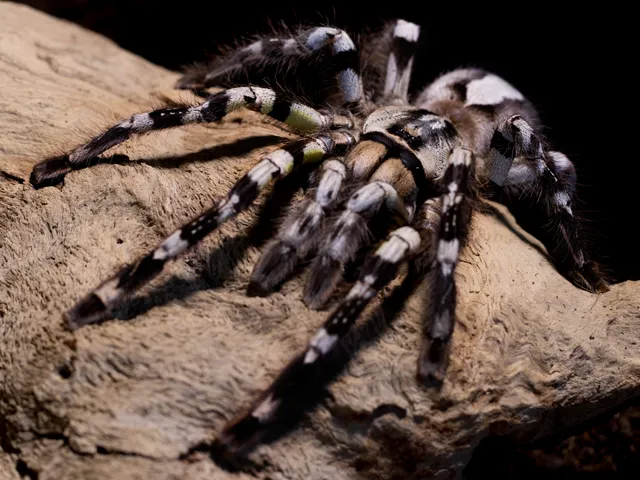Choosing the Right Indian Ornamental Tarantula Enclosure Size
Selecting the appropriate enclosure is paramount for the health and well-being of your Indian Ornamental Tarantula (Poecilotheria regalis). A well-sized enclosure provides adequate space for movement, hunting, and overall comfort. An enclosure that is too small can lead to stress, while one that is excessively large can make it difficult for the tarantula to find its food. It’s essential to consider the size of the tarantula and its growth stage when choosing an enclosure. This guide will provide the necessary information to select the perfect home for your pet spider. Providing a proper habitat is more than just a place to live; it is essential for your tarantula’s health.
Enclosure Size Considerations for Growth
Indian Ornamental Tarantulas are arboreal, meaning they prefer to climb and spend most of their time in elevated locations. The height of the enclosure is therefore more critical than the floor space. A good rule of thumb is to provide an enclosure that is at least twice as tall as the tarantula’s leg span. As your tarantula grows, you’ll need to upgrade its enclosure accordingly. The enclosure should allow enough room for the tarantula to molt properly, which requires space to turn over and shed its exoskeleton. For a juvenile, a small, well-ventilated enclosure is appropriate, while adults will require a larger, more spacious environment. Consider the long-term needs of your tarantula and plan for future growth when making your initial enclosure choice.
Impact of Enclosure Size on Behavior
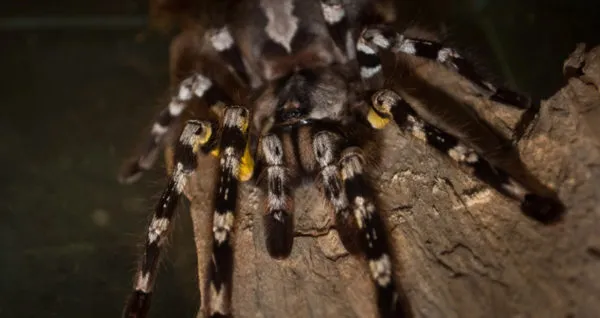
The size of the enclosure can significantly affect the behavior of your Indian Ornamental Tarantula. A cramped environment can lead to stress and aggression, while an overly large enclosure can make it difficult for the tarantula to hunt and feel secure. A stressed tarantula might refuse to eat or spend most of its time hiding. Conversely, an enclosure that is too large might make the tarantula feel exposed, causing it to hide constantly. Aim for a balance that offers ample space for movement and exploration while providing a sense of security. Observe your tarantula’s behavior and adjust the environment as needed to ensure its comfort and well-being. A contented tarantula is more likely to exhibit its natural behaviors, such as web-spinning and foraging.
Ideal Substrate for an Indian Ornamental Tarantula
The substrate is a critical component of an Indian Ornamental Tarantula enclosure. It serves multiple functions, including providing a surface for the tarantula to walk on, absorbing moisture, and helping to maintain humidity levels. The choice of substrate can significantly impact the overall health and comfort of your tarantula. It is essential to choose a substrate that is safe, non-toxic, and suitable for the tarantula’s specific needs. Incorrect substrate choices may lead to problems such as mold growth, poor humidity regulation, or difficulty for the tarantula during molting. The best substrate provides a naturalistic environment that closely mimics the tarantula’s native habitat. Choosing the proper substrate helps your tarantula to thrive.
Substrate Types and Their Benefits
Several substrate options are suitable for Indian Ornamental Tarantulas. A mixture of coconut fiber, peat moss, and a small amount of vermiculite is often recommended. Coconut fiber provides excellent moisture retention and is readily available. Peat moss also helps maintain humidity and offers a slightly acidic environment, which some tarantulas prefer. Vermiculite, when added in small amounts, can help with drainage and aeration. Avoid using substrates that can be harmful to the tarantula, such as cedar or pine shavings, which contain oils that can be toxic. Other alternatives include a mix of topsoil and sand, which provides a more naturalistic look and feel. The key is to select a substrate that retains moisture without becoming overly saturated.
Maintaining Substrate Humidity Levels
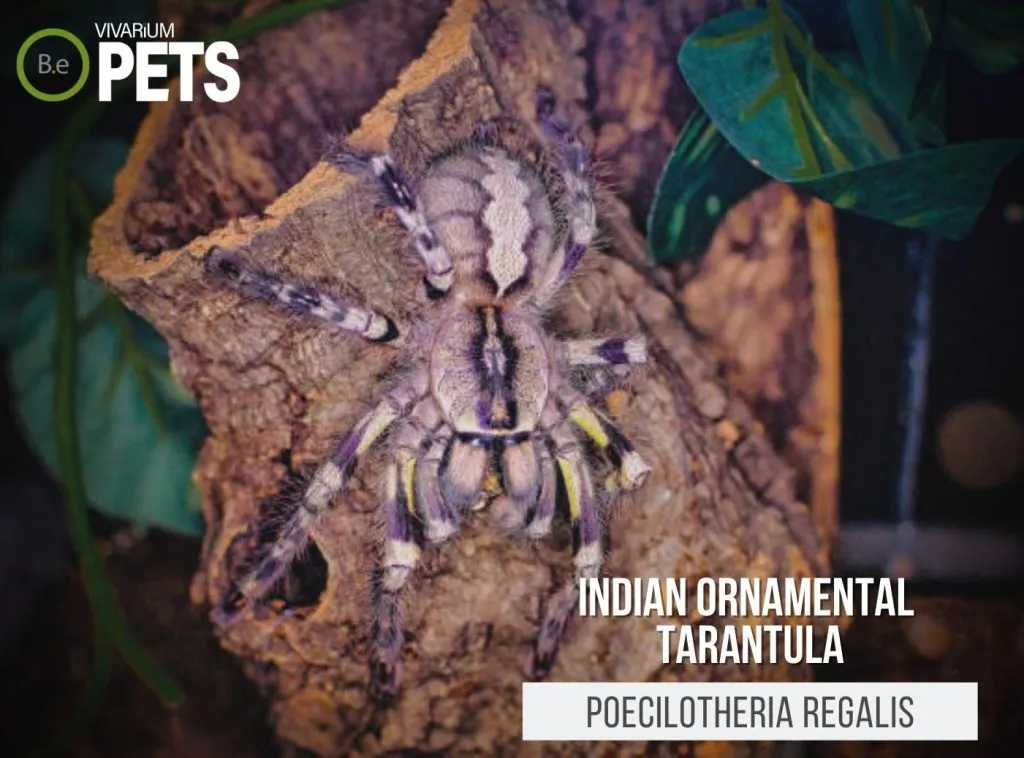
Maintaining the correct humidity level is vital for the health of your Indian Ornamental Tarantula. Humidity helps the tarantula to molt successfully and prevents dehydration. To maintain the proper humidity, regularly mist the enclosure with dechlorinated water. The frequency of misting will depend on the type of substrate and the ventilation of the enclosure. Aim for a humidity level between 65% and 75%. You can measure humidity with a hygrometer. Avoid overwatering the substrate, which can lead to mold growth and other health problems. Regularly check the substrate to ensure it’s moist but not soggy. The correct humidity level ensures your tarantula’s well-being.
Essential Decorations and Hiding Spots
Creating a well-decorated enclosure is essential for the psychological well-being of your Indian Ornamental Tarantula. Providing hiding spots and enrichment allows the tarantula to feel secure and reduces stress. In their natural habitat, these tarantulas seek shelter in tree crevices and under bark. Replicating this environment in captivity is important for their comfort and behavior. An enriched enclosure provides a more stimulating and natural environment that supports the overall health and happiness of your tarantula. A well-designed enclosure provides both a visually appealing and functional habitat, supporting the tarantula’s needs.
Importance of Hiding Places and Enrichment
Hiding places are crucial for your Indian Ornamental Tarantula. They provide a secure retreat where the tarantula can feel safe from perceived threats. Without a hiding spot, the tarantula might become stressed and spend most of its time hiding or exhibiting defensive behaviors. Provide a variety of hiding options, such as cork bark, artificial plants, or commercially available tarantula hides. Enrichment includes adding elements that stimulate the tarantula’s natural behaviors. You can achieve this by placing branches for climbing and exploring. The presence of hiding places and enrichment contributes to the tarantula’s overall well-being and encourages more natural behaviors.
Plants and Decor for Indian Ornamental Tarantulas
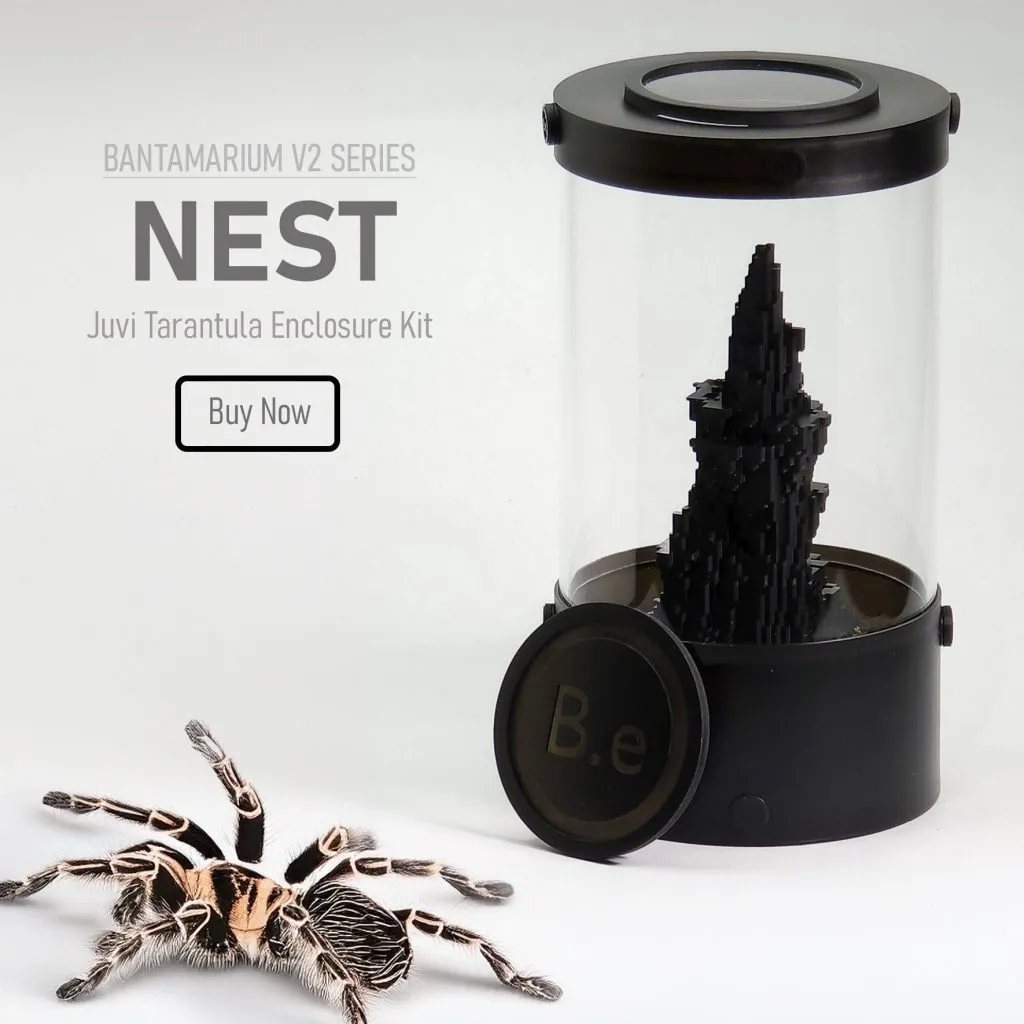
Adding live or artificial plants to the enclosure not only enhances its aesthetic appeal but also provides additional hiding places and climbing opportunities. Choose plants that are safe for tarantulas and are easy to care for, such as pothos or snake plants. Securely anchor the plants to prevent them from falling and potentially injuring your tarantula. Artificial plants provide a low-maintenance alternative. Other decorative elements to consider include branches, driftwood, and rocks, which add texture and complexity to the environment. Ensure all decorations are clean and free of sharp edges that could harm the tarantula. A well-designed enclosure will encourage exploration.
Providing Proper Ventilation for the Enclosure
Adequate ventilation is crucial for maintaining a healthy environment for your Indian Ornamental Tarantula. Proper airflow helps to prevent the buildup of stale air, mold, and bacteria, while also regulating humidity levels. The design of the enclosure should incorporate features that facilitate good ventilation without compromising the security of the tarantula. Poor ventilation can lead to several health issues, including respiratory problems and fungal infections. A well-ventilated enclosure ensures a comfortable and safe environment for your tarantula. Proper ventilation is one of the most critical factors in maintaining the health of your tarantula.
Airflow Requirements and Prevention of Stagnation
Good airflow prevents the air from becoming stagnant, which can lead to the growth of mold and the accumulation of harmful gases. Stagnant air also increases humidity, which can be detrimental if not controlled. The enclosure should have ventilation holes or mesh panels that allow for air circulation. Avoid completely sealed enclosures, as they can trap moisture and increase the risk of respiratory problems. Aim for a balance between ventilation and humidity control. Ensure the enclosure’s ventilation system is sufficient to maintain fresh air circulation without causing excessive drying of the substrate. Consider cross-ventilation, where air enters from one side and exits from another, which is often optimal for maintaining a healthy environment.
Placement of Ventilation Features
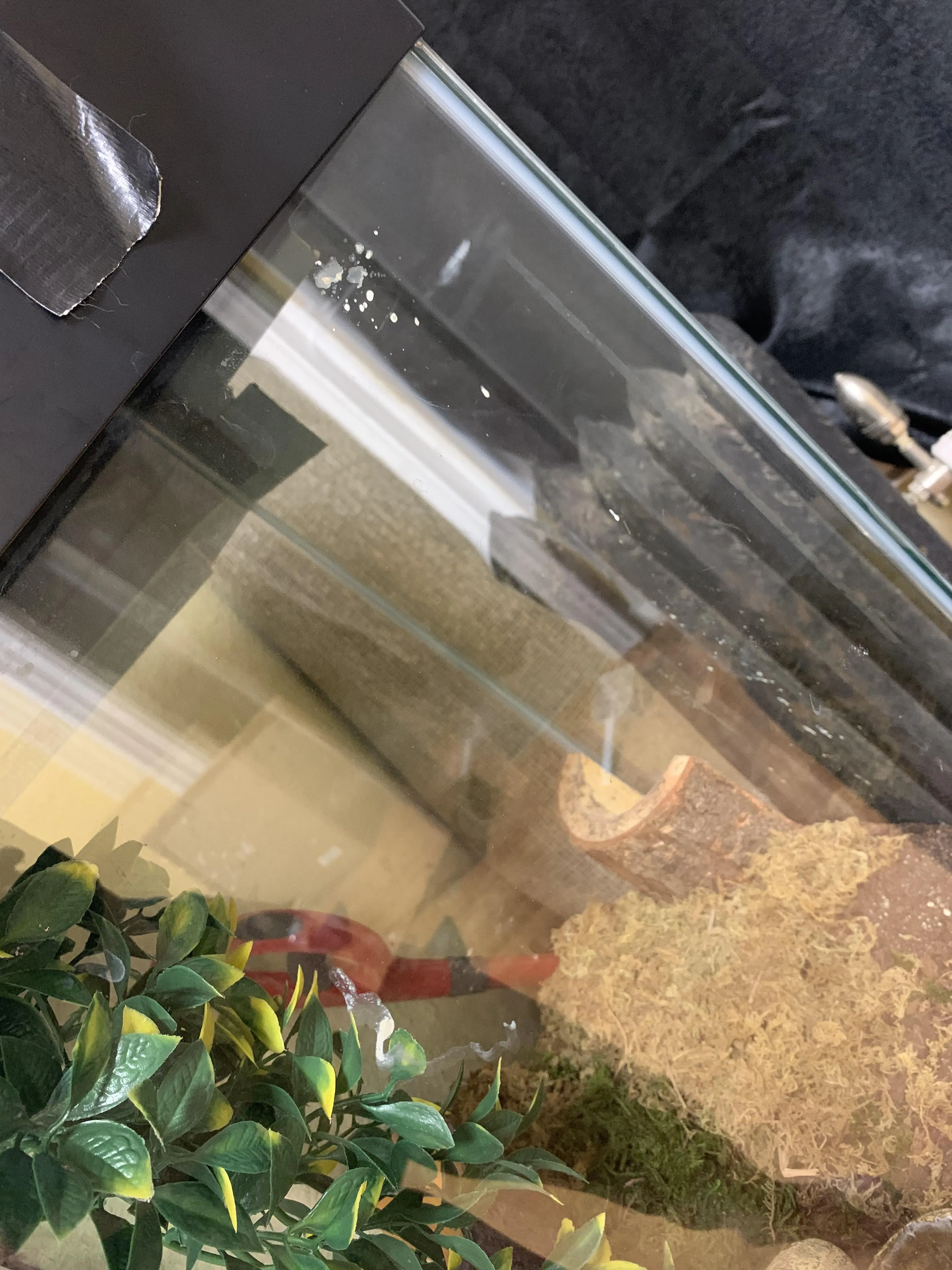
The placement of ventilation features is critical for effective airflow. Ideally, ventilation should be placed high on the enclosure, as warm, humid air tends to rise. This promotes a natural air exchange. Ensure ventilation holes are small enough to prevent the tarantula from escaping. Mesh panels are often a good choice, as they allow for airflow while maintaining security. Avoid placing ventilation directly over the water dish, as this can cause the water to evaporate too quickly. Regular monitoring of humidity levels helps you assess the effectiveness of the ventilation. Proper ventilation helps to create an optimal environment.
Feeding and Watering Your Tarantula
Proper feeding and watering are essential components of caring for an Indian Ornamental Tarantula. Providing the correct diet and ensuring access to fresh water contribute significantly to the tarantula’s health, growth, and overall well-being. The type of food, frequency of feeding, and watering methods will vary based on the tarantula’s age, size, and the environment in which it lives. It is essential to establish a feeding and watering routine to maintain your tarantula’s health. Providing the correct nutrients and hydration is crucial.
Watering Techniques and Frequency
Provide a shallow water dish in the enclosure to ensure your tarantula has access to fresh water at all times. The water dish should be shallow enough to prevent the tarantula from drowning. You can also use a water gel product to ensure hydration, especially for smaller tarantulas. Refill the water dish regularly with clean, dechlorinated water. In addition to the water dish, you should mist the enclosure periodically to maintain humidity, particularly in drier environments. The frequency of misting will depend on the substrate, ventilation, and humidity levels. Observing your tarantula’s behavior and the substrate’s moisture level will indicate when it is time to add water. Clean water and proper hydration are important.
Appropriate Food and Feeding Schedule
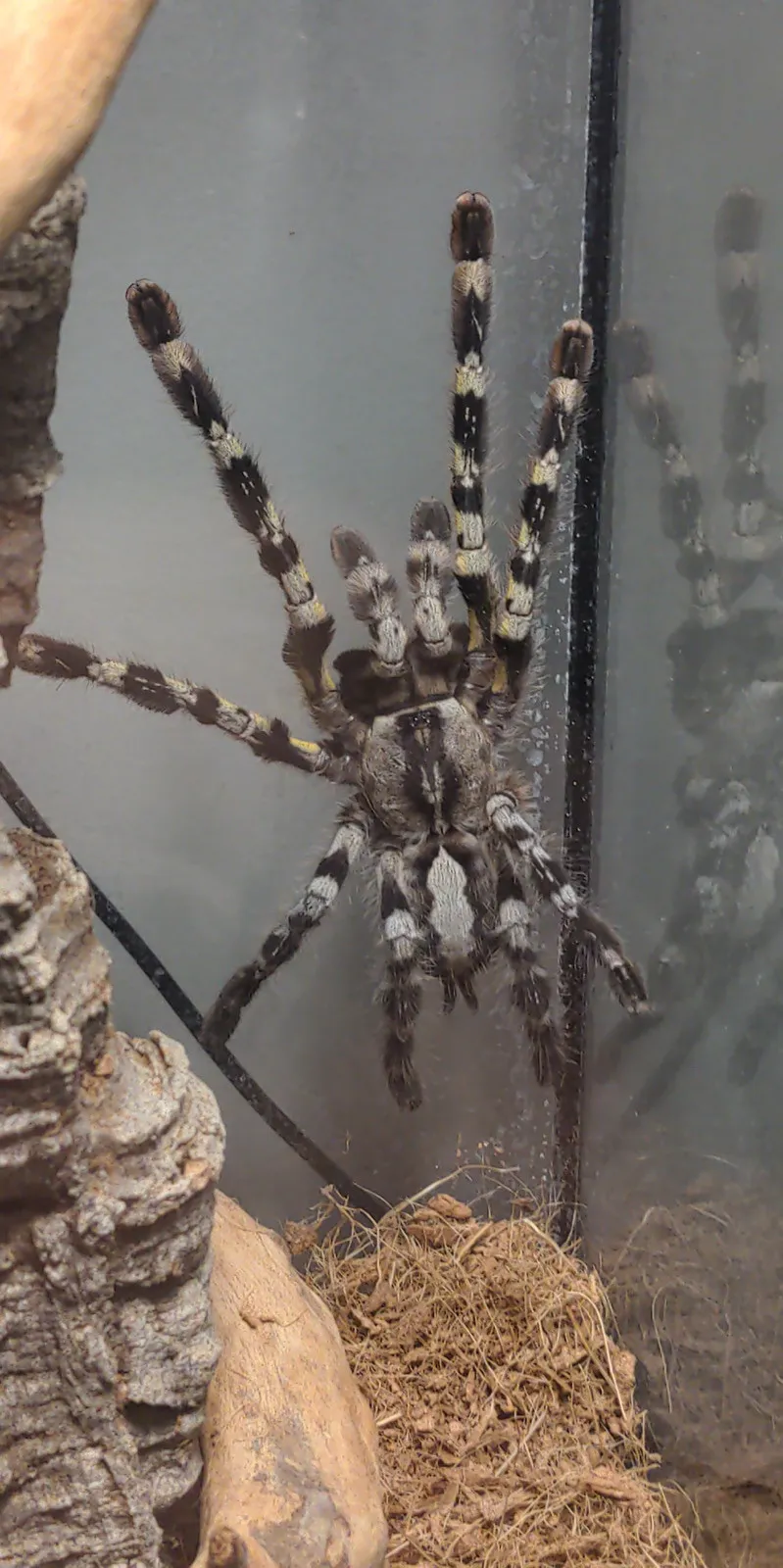
Indian Ornamental Tarantulas are voracious eaters, and their diet primarily consists of insects. The size of the prey should be appropriate for the tarantula’s size; a good rule of thumb is to feed insects that are no larger than the tarantula’s body. Suitable food items include crickets, roaches, mealworms, and occasional superworms. The frequency of feeding will depend on the tarantula’s age and growth stage. Spiderlings should be fed 2-3 times a week, while adults can be fed once or twice a week. Remove uneaten food within 24 hours to prevent mold growth. Always provide a varied diet to ensure the tarantula receives all the necessary nutrients. Remember that a healthy diet is a key component of proper tarantula care.
Maintaining Enclosure Temperature and Humidity
Creating the ideal environment requires careful management of temperature and humidity. Indian Ornamental Tarantulas are sensitive to environmental conditions, and maintaining the correct climate is vital for their health and survival. Temperature and humidity levels should closely mimic the tarantula’s natural habitat. Fluctuations in these levels can lead to stress and health problems. Regular monitoring and adjustments will help maintain the perfect living environment for your tarantula. Careful control of these factors is a core element of successful tarantula keeping.
Monitoring Temperature and Humidity Levels
Use a reliable thermometer and hygrometer to monitor the temperature and humidity within the enclosure. Place the thermometer and hygrometer in a location where they can accurately measure the conditions, typically on the side or in the center of the enclosure. The ideal temperature range for Indian Ornamental Tarantulas is between 75°F and 85°F (24°C to 29°C). Humidity levels should be between 65% and 75%. Check the temperature and humidity regularly, preferably daily. Note any fluctuations, and adjust the environment as necessary. Keeping careful records helps to identify and address problems before they become serious. Consistent monitoring creates a stable and safe environment.
Tools for Measuring and Maintaining Climate
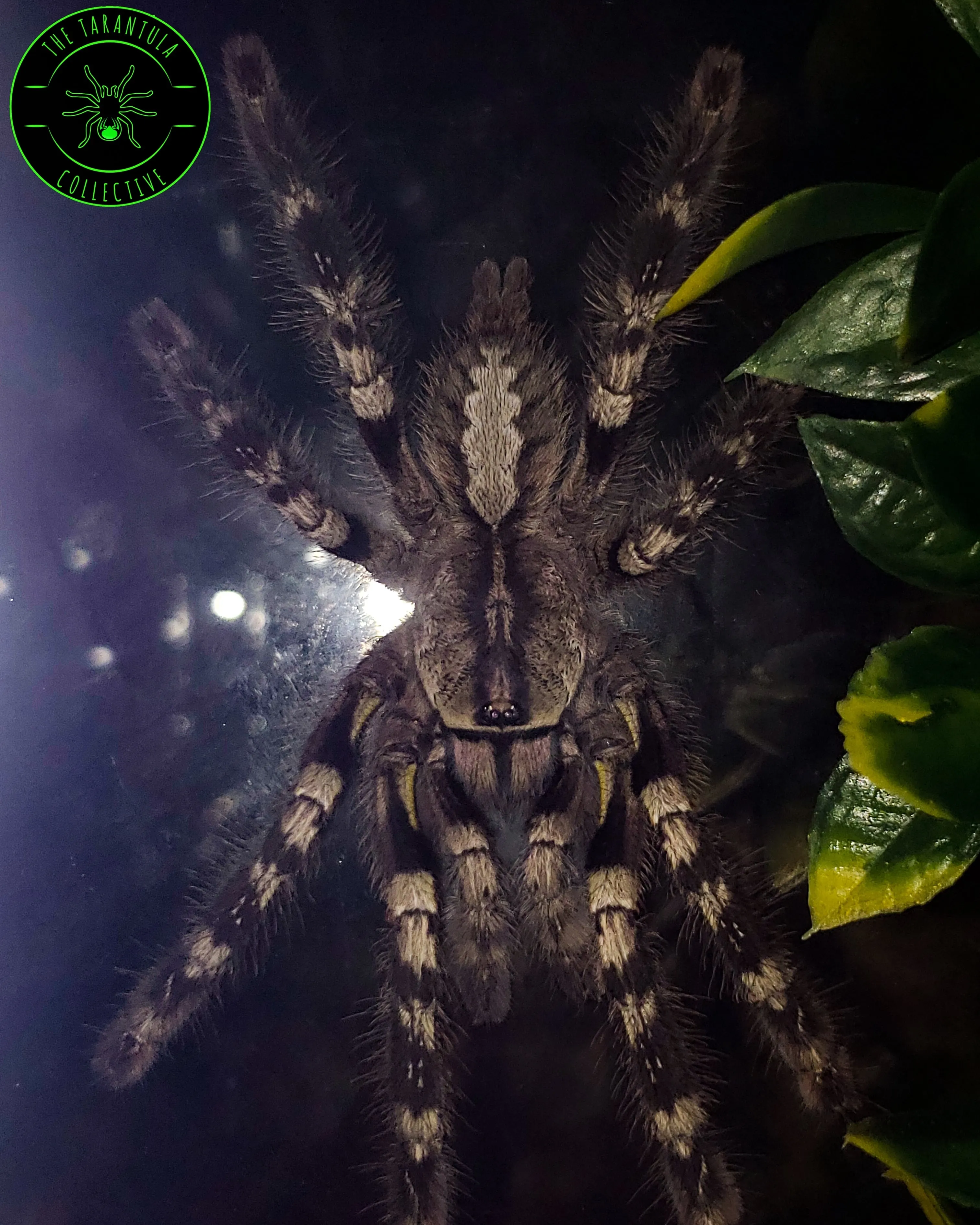
Various tools can help you maintain the proper temperature and humidity. A digital thermometer and hygrometer are essential for accurate monitoring. For heating, use a low-wattage heat mat or a ceramic heat emitter, placed on the side of the enclosure to create a temperature gradient. Avoid using heat lamps, as these can dry out the enclosure. To increase humidity, mist the enclosure with dechlorinated water, as needed. You can also use a humidifier to maintain a consistent humidity level. Ensure that any heating or humidity devices are used safely and are placed outside the enclosure to prevent accidental contact by the tarantula. These tools contribute to effective environmental control.
Cleaning and Maintaining the Tarantula Enclosure
Regular cleaning and maintenance are essential for the health and well-being of your Indian Ornamental Tarantula. A clean enclosure helps to prevent the buildup of bacteria, mold, and other harmful organisms. Routine maintenance not only keeps the enclosure aesthetically pleasing, but it also minimizes the risk of diseases. Proper cleaning helps maintain the ideal environment and keeps the tarantula safe. Following a consistent cleaning schedule is key.
Routine Cleaning Procedures
Spot clean the enclosure regularly, typically once or twice a week. Remove any uneaten food, dead insects, and any visible waste. Every few months, or as needed, perform a full cleaning. This involves removing the substrate, cleaning the enclosure with a mild disinfectant, and replacing the substrate. When cleaning, handle the tarantula with care, or remove it to a temporary enclosure. Always use a safe, non-toxic disinfectant. Rinse all items thoroughly after cleaning. A clean environment is crucial for your tarantula’s health.
Safe Handling Practices
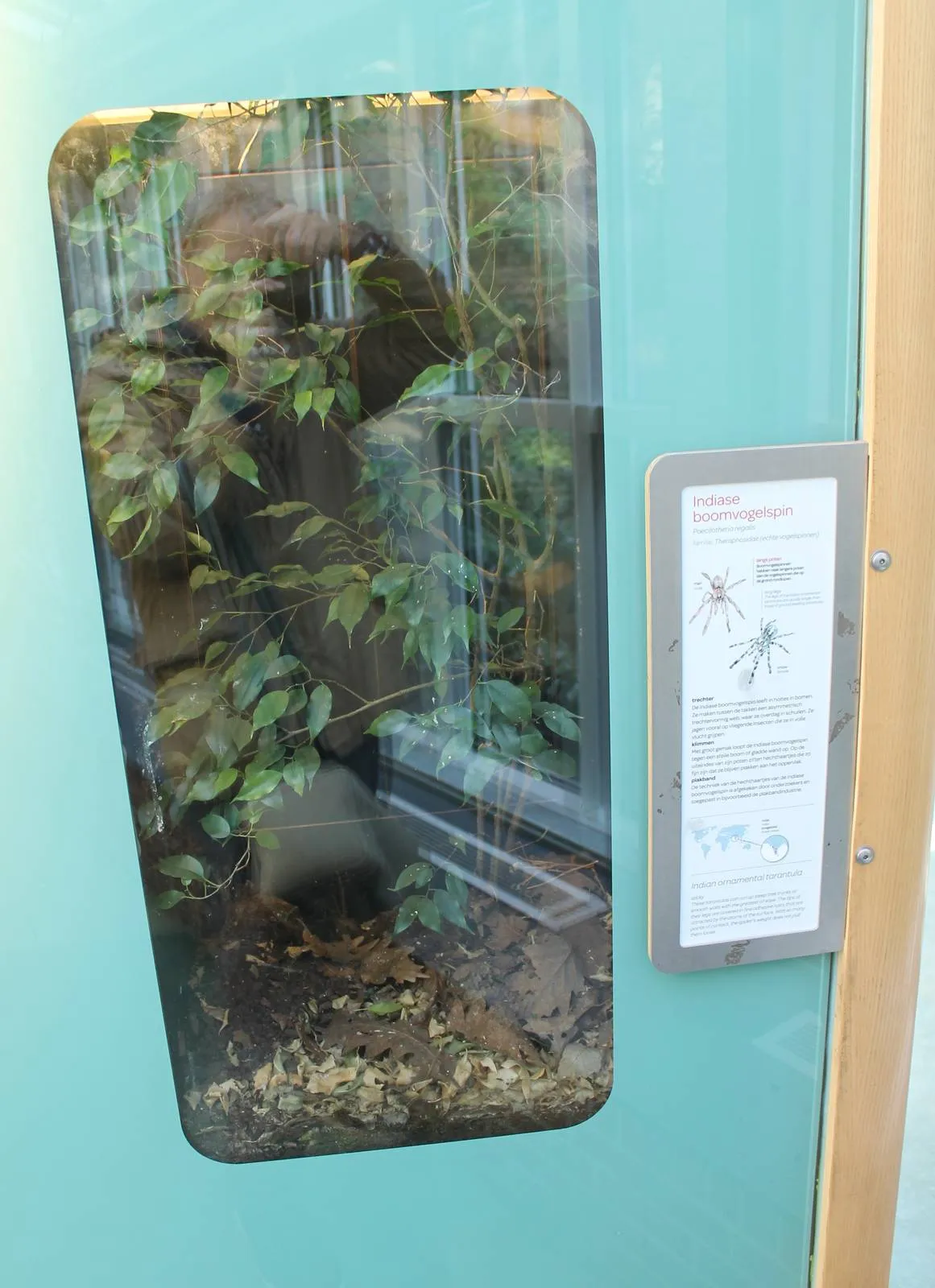
When handling the tarantula or cleaning the enclosure, always exercise caution. Indian Ornamental Tarantulas are known for their speed and potent venom. Avoid direct handling unless absolutely necessary. If you must move the tarantula, use a soft paintbrush or a suitable container to coax it into the new space. Never try to grab the tarantula. Always wash your hands thoroughly before and after handling the tarantula or its enclosure. Remember, safety precautions should be taken when dealing with this species. Prioritizing safety minimizes potential risks.
Caring for an Indian Ornamental Tarantula requires attention to detail and a commitment to providing the best possible environment. By following this guide, you can create an enclosure that meets the needs of your tarantula, ensuring it thrives and remains healthy. Always research and continue to learn more about these fascinating creatures to be a responsible and successful tarantula keeper. Providing the right care is a rewarding experience.
